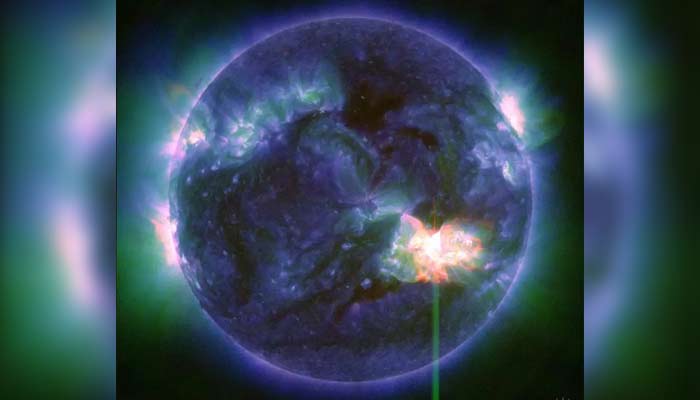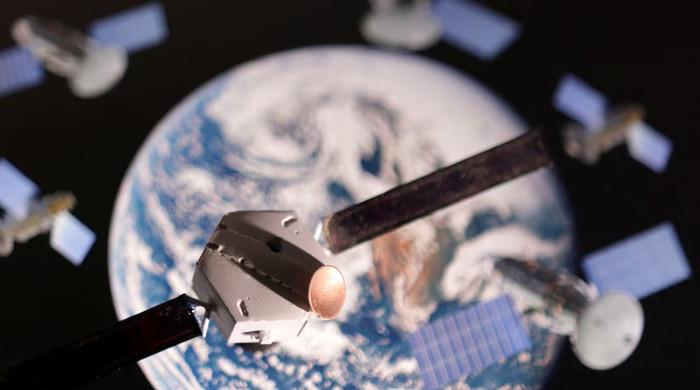Extreme G5 geomagnetic storm: Northern Lights show likely in US
Here's all you need to know about extreme G5 geomagnetic storm that hit Earth in over two decades
May 11, 2024

An unusually strong geomagnetic storm has hit Earth prompting the issuance of an "Extreme (G5) Geomagnetic Storm Watch" in the United States for the first time in over two decades.
According to the National Oceanic and Atmospheric Administration's (NOAA) Space Weather Prediction Center, which issued the alert, said that Earth-directed coronal mass ejections are expected to continue all weekend.
This may impact infrastructure in near-Earth orbit and on the surface, potentially disrupting communications, the electric power grid, navigation, radio and satellite operations.
These watches are issued to notify the operators of these systems so they have time to take protective action.
The last G5 geomagnetic storm hit Earth in October 2003.

On the bright side, as a result of this celestial event, the northern lights may be visible across skies as far south as Alabama as it not an ordinary geomagnetic storm.
Experts suggest that aurora viewing area could extend into the Deep South, with northern Alabama potentially seeing some of the show.
Meanwhile, in the West, areas as far south as Northern California might also see auroras.
Even if you're in an area where clouds shroud the overnight viewing, eclipse viewing glasses from early April may come in handy.
If you still have those, throw them on when the skies are clear to take a peek at the sun as this geomagnetic storm is so big, it may be visible to the naked eye but with protection.











